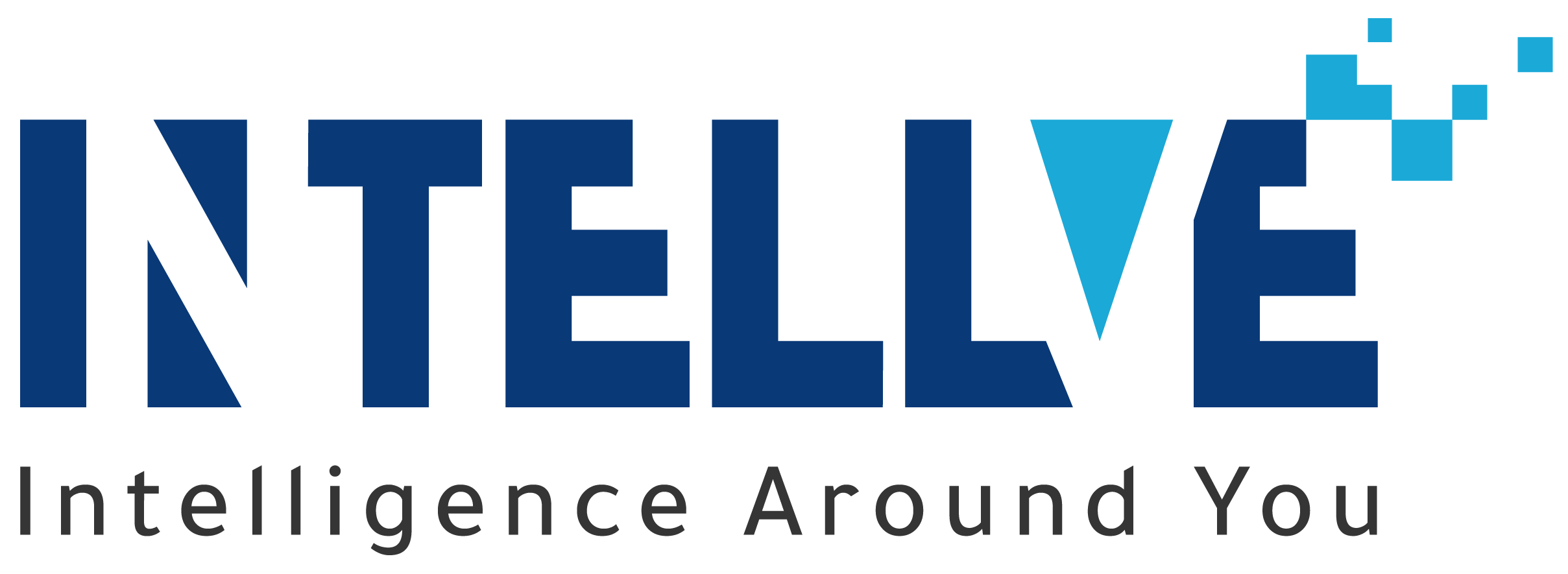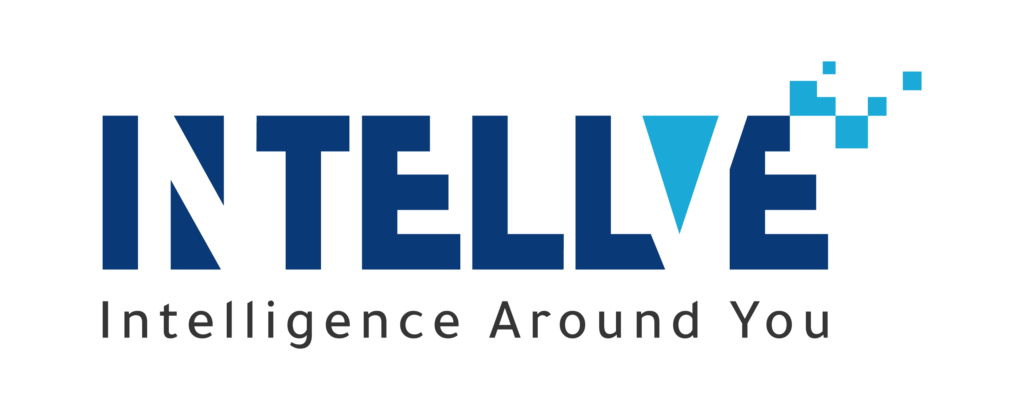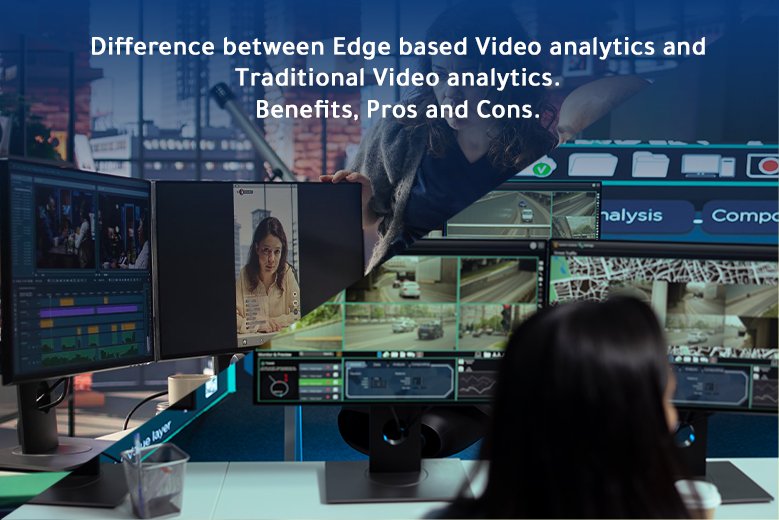Video analytics has grown fast. Early deployments pushed every camera stream to a big central box and hoped the network kept up. Today, cameras and recorders ship with on-board chips that run clever models right where footage is captured.
Meanwhile, resolutions jumped from 720p to 4K (and beyond), which means far more data to move and store. Put those two trends together, smarter hardware and heavier video, and you get a clear question: do you analyze at the center or the edge? Let’s discover!
What Is Traditional Video Analytics?
Traditional, or centralized, analytics sends live and recorded streams from many cameras to a server stack or cloud service. That’s where decoding, detection, indexing, and search usually happen. The approach suits large facilities, campuses, and city command centres that want unified policy, long-term storage, and cross-site investigations. Think hub-and-spoke: one control room, many feeds, consistent rules. It’s tidy. Predictable. Familiar with IT.
What Is Edge-Based Video Analytics?
Edge analytics runs on the device itself, inside the camera, encoder, or NVR, so there’s no separate analytics farm. Models execute locally and push only the useful bits upstream: alerts, tags, short clips. This model fits smart cities at busy junctions, remote substations with flaky backhaul, pop-up sites, and traffic monitoring where seconds matter. If connectivity dips, video analysis continues on site.
Edge vs Traditional: Key Differences
- Latency: Higher when frames travel across the network; lower when computed at the source.
- Bandwidth: Traditional consumes more; edge reduces backhaul by sending metadata.
- Privacy: Centralized pools more data; edge keeps most footage local, which helps with minimization.
- Scalability: Add servers and licences vs add capable cameras/NVRs.
- Cost: Central models can feel heavy up front; edge spreads across devices but may need pricier hardware.
Benefits of Edge-Based Video Analytics
Real-time alerting is the headline: less travel, faster decisions. Bandwidth bills drop because you’re shipping metadata, not every frame. Scaling is simple: add another smart camera and carry on. On-site privacy control improves, too, as footage can be processed and redacted before it ever leaves the premises.
Benefits of Traditional (Centralized) Video Analytics
Back-end muscle matters. Central platforms handle heavyweight indexing, cross-camera correlation, and multi-month retention with ease. They’re also easier to patch, retrain, and govern from one console, which suits teams who prefer standard builds and strict oversight. For forensic work after an incident, the single, searchable archive is gold.
Centralized designs also make it easier to set up strict role-based access, audit trails, and connections with VMS, SIEM, and case management solutions. With pooled computing, you can reprocess saved video with better models, plan updates without having to go to the site, and keep prices predictable. That consistency and chain of evidence are also quite important in regulated fields.
Pros and Cons: Traditional
Pros
- Unified governance and updates from one place.
- Powerful cross-camera search and long-term storage.
Cons
- Greater use of the network and greater delay.
- If the core falls, there is just one point of failure.
The Edge’s Benefits and Drawbacks
Pros
- Less expensive storage and bandwidth upstream.
- Strong local privacy through on-device processing.
Cons
- A mixed device fleet can be harder to standardize.
- Model updates must reach many endpoints.
- Some advanced analytics still need central horsepower.
Which One Should You Choose?
Start with the job to be done. If you’re running a big campus with strict governance, deep investigations, and long retention, traditional centralized analytics will feel natural. If you need instant alerts at intersections, remote sites with shaky links, or quick roll-outs, edge analytics is the practical choice.
When deciding, weigh key factors such as:
- Deployment Size: From a single building to a city-wide network.
- Use Case: Incident prevention, live monitoring, or forensic investigations.
- Network Conditions: High-speed, stable connections vs limited or intermittent links.
- Budget: Balancing CAPEX on devices and OPEX for servers, storage, and maintenance.
A hybrid frequently wins: execute rapid filtering on the edge, send signals to the core for enrichment and deep search, and then push enhancements back to devices. Plan pilots, document results, and avoid all-or-nothing bets early on. Small wins build confidence.
Conclusion: Smarter Surveillance Needs Smarter Decisions
There’s no one right answer. Match the architecture to outcomes, not buzzwords. Test in the real world, measure latency, check bandwidth, and plan for updates. Then choose a path that can flex as your estate grows. Smarter cameras and smarter platforms are both here; use them together, and your analytics will keep up with the world outside the lens.
At Intellve, we help organizations modernize surveillance with cloud-based monitoring, edge analytics, and integrated command-and-control. We unify cameras, sensors, and alarms across sites, deliver real-time alerts, and simplify investigations with a single, secure platform. Whether it’s BFSI, retail, logistics, telecom, or smart cities, we design for resilience, compliance, and scale, so you see sooner, act faster, and run safer operations every day, with less effort overall.



